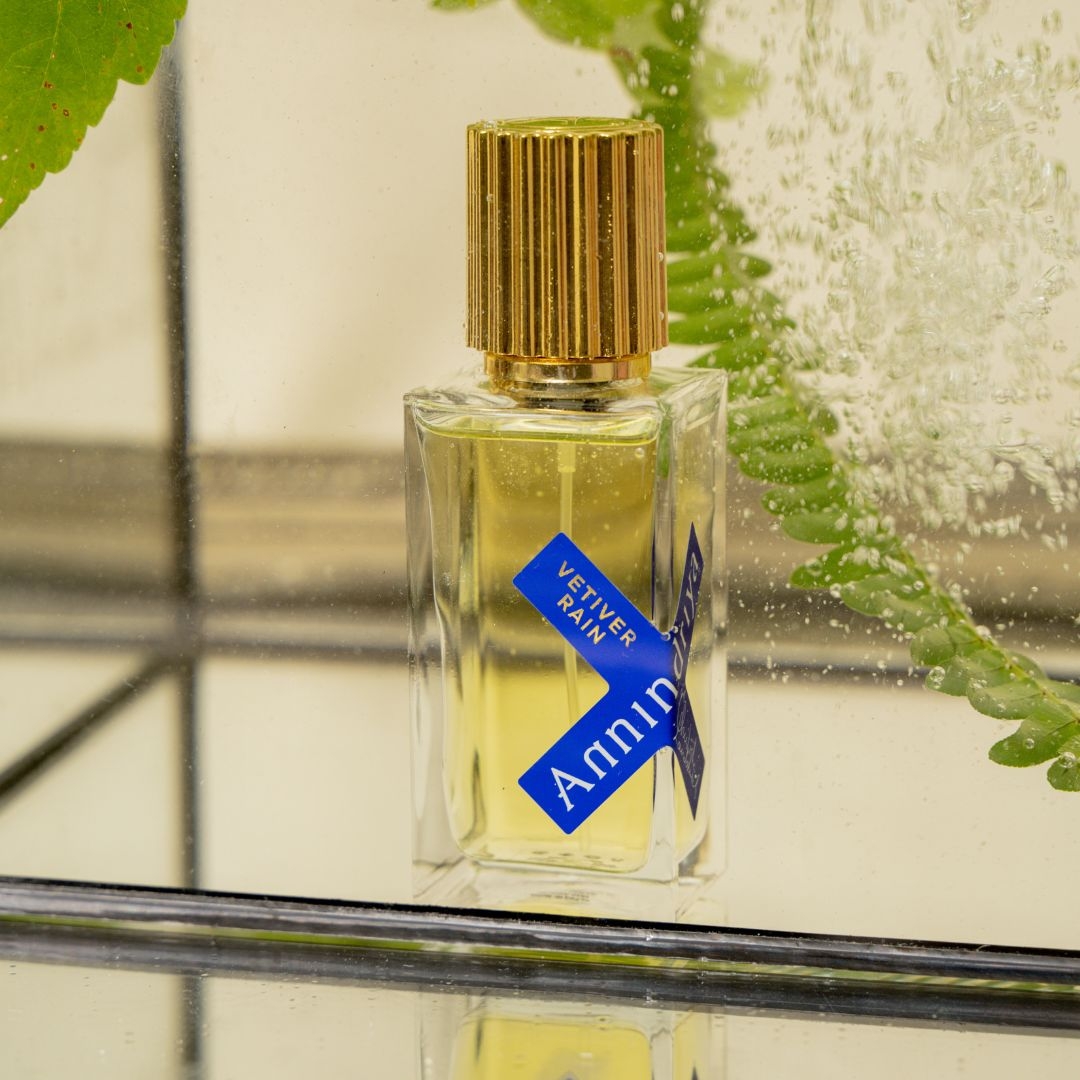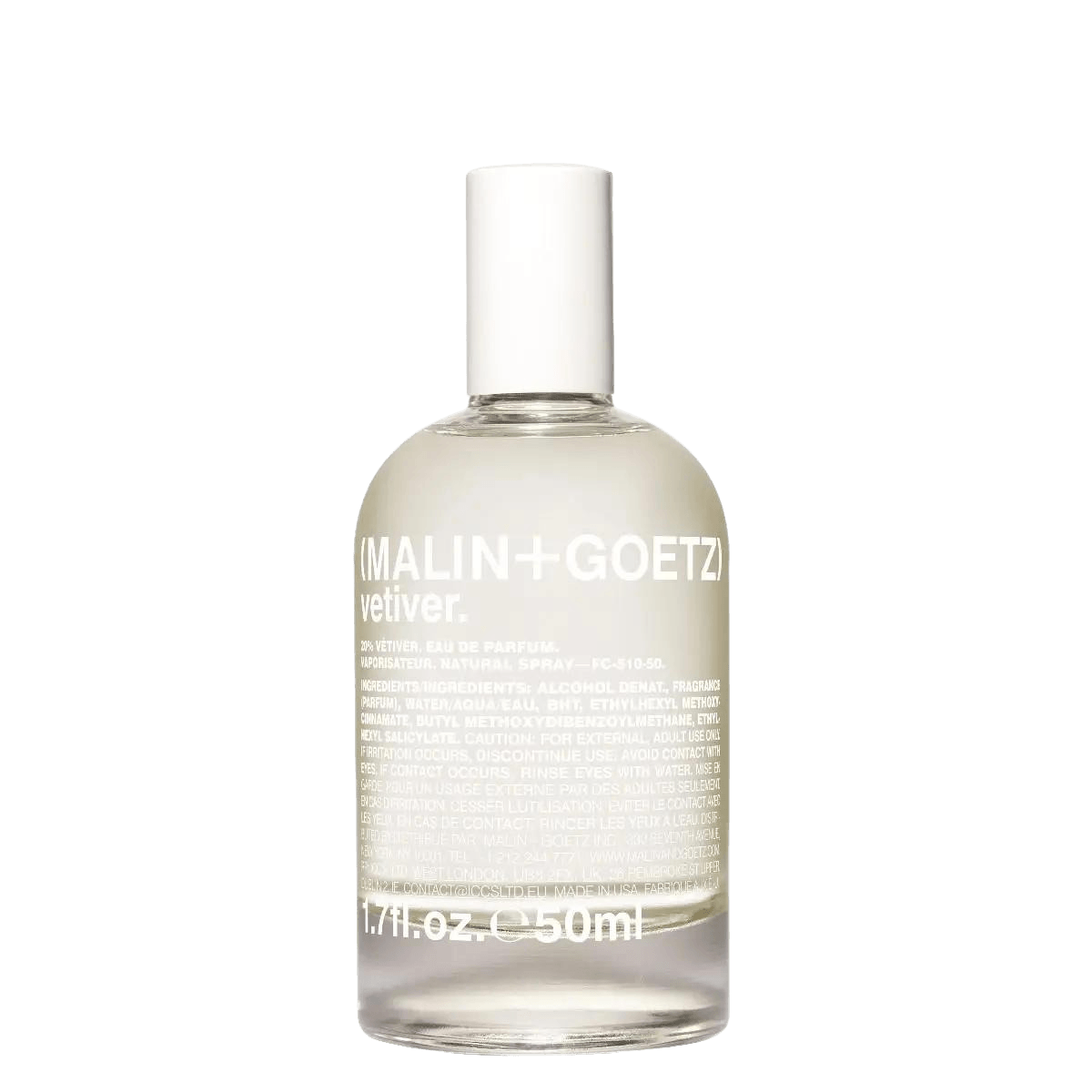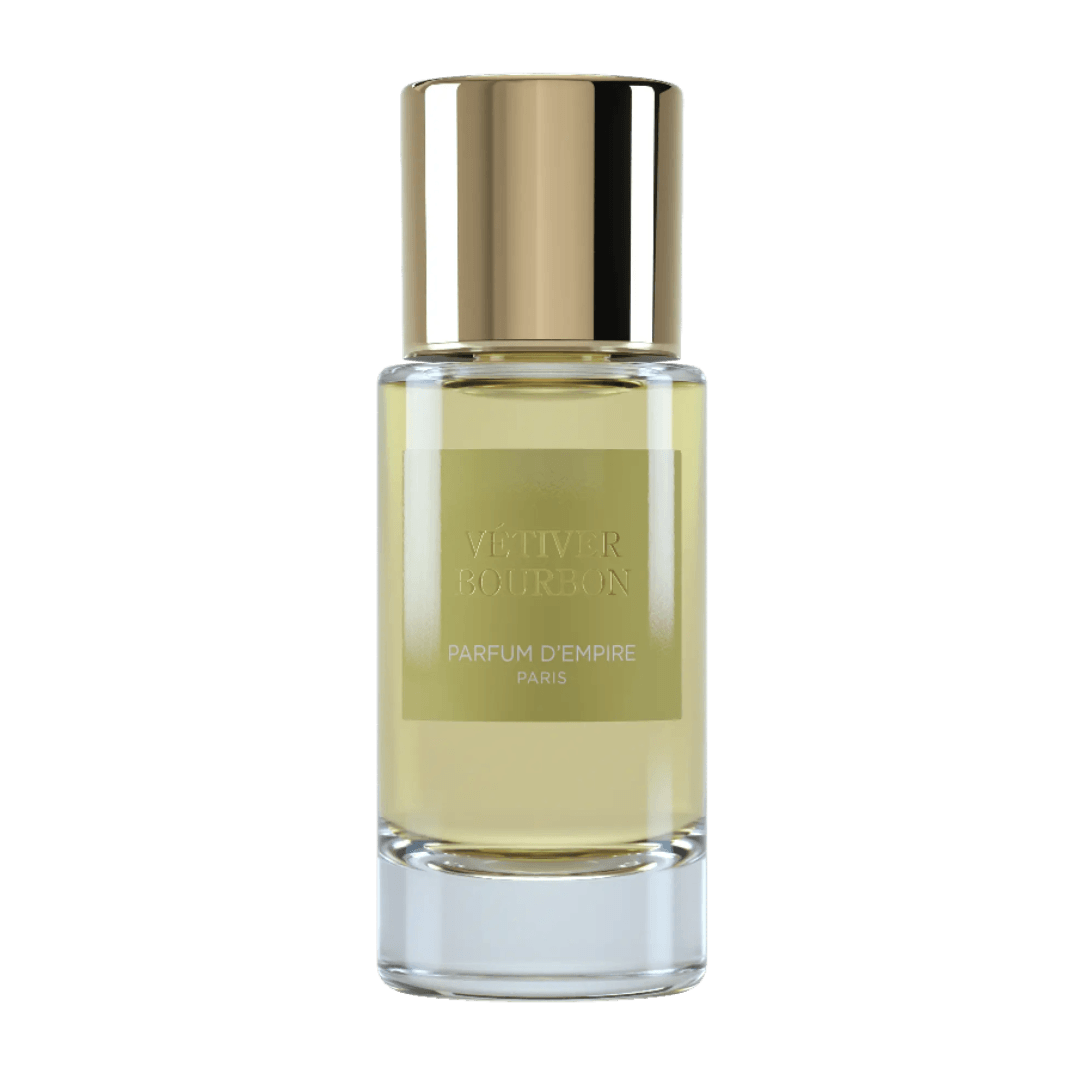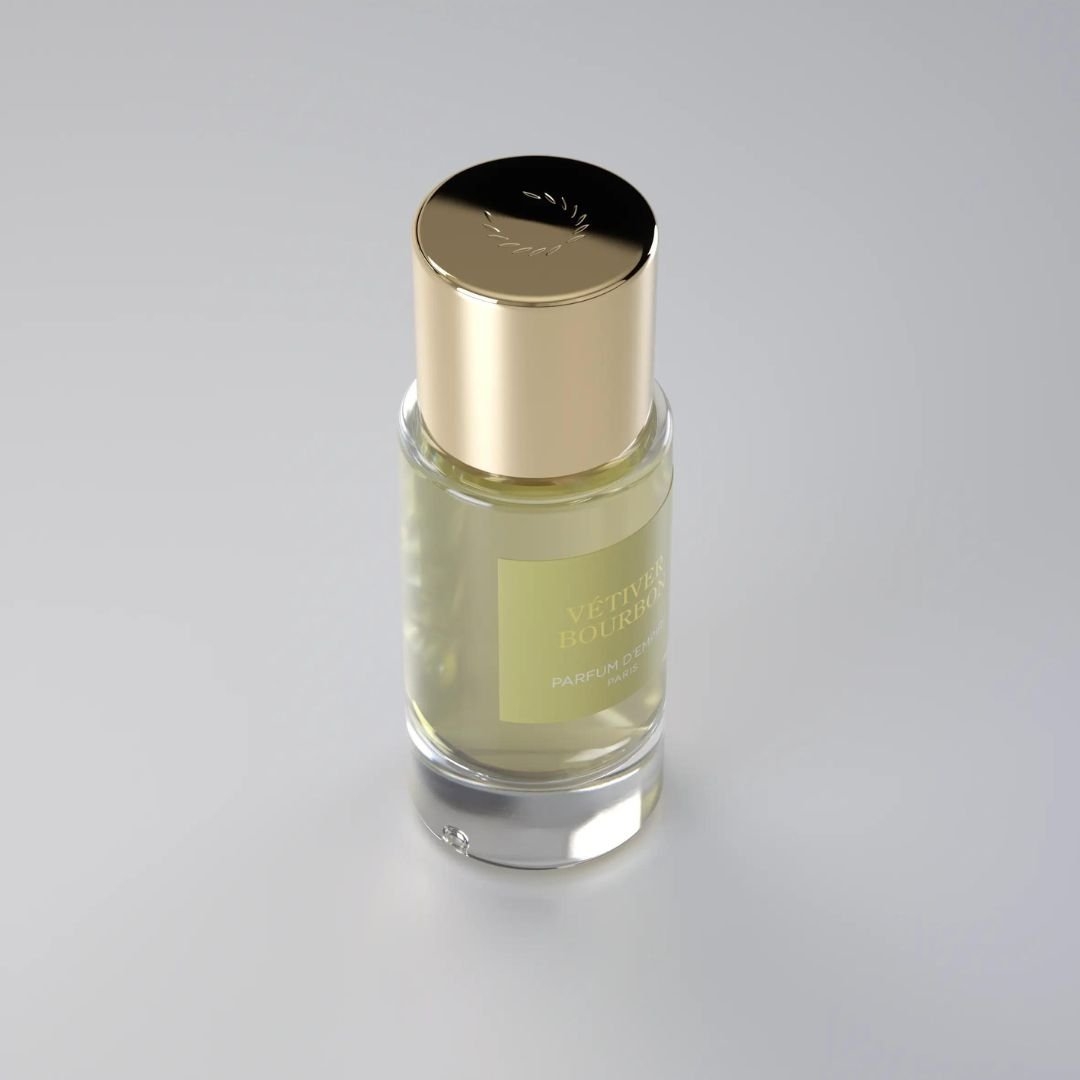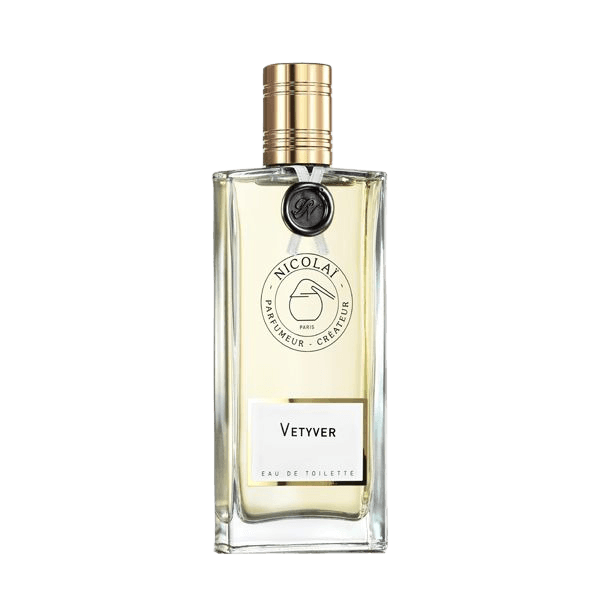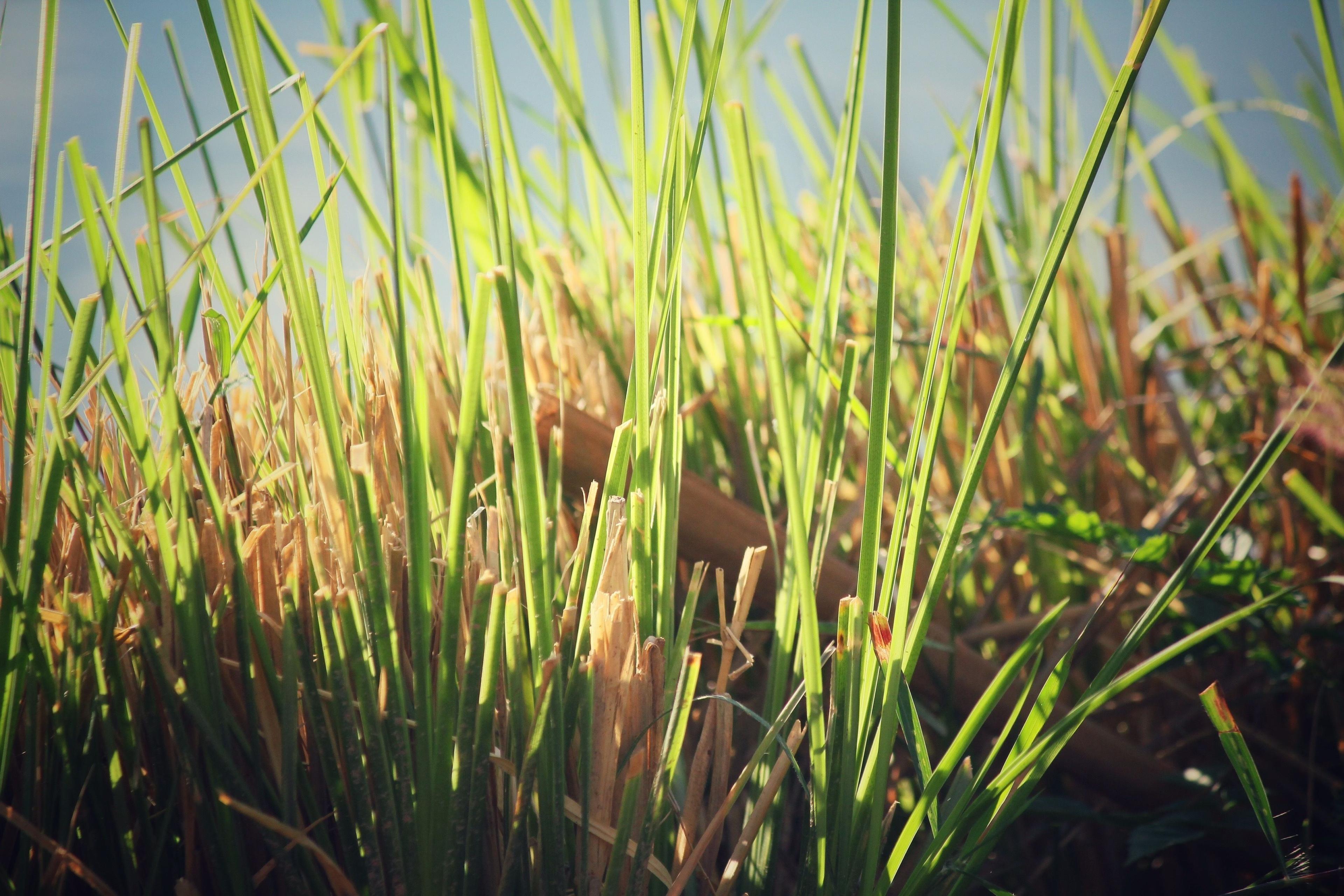
Discover vetiver perfumes
Different types of vetiver
There are different types of vetiver, but the below three are commonly used in the perfumer’s palette.
- Bourbon Vetiver: smoky, woody, earthy, wet soil
- Haiti Vetiver: dry grass, earthy scent
- Vetiver from Java: smells the most smoky.
Vetiver, with the beautiful Latin name Chrysopogon zizanioides, is a type of grass that thrives on volcanic soil. The grass is native to India & Indonesia, known as Indian couch grass. Today it also grows in Brazil, China and Haiti.
For perfumery end use, mainly the roots are used. The vetiver roots can grow down to 3 meters deep. The roots are harvested, washed and dried in the sun. After this process, the roots are processed through steam distillation to create a vetiver absolute.
Use of vetiver
In Calcutta and Haiti, vetiver was used to make roofs, curtains and fences. Can you imagine how wonderful it must have smelled when the roofs or fences got wet from the rain? Vetiver is also often planted to prevent erosion and make sand less likely to blow away.
Vetiver is a natural ingredient, loved by perfumers. It can stand beautifully on its own or combine beautifully with other ingredients in many feminine and masculine perfumes.
Some vetiver facts
- 150 kg vetiver roots yield 1 kg of essence.
- roots must have grown at least 1 meter down before harvesting
- the roots can grow down to 3 meters long
- Haiti produces more than 50% of the world’s vetiver supply

